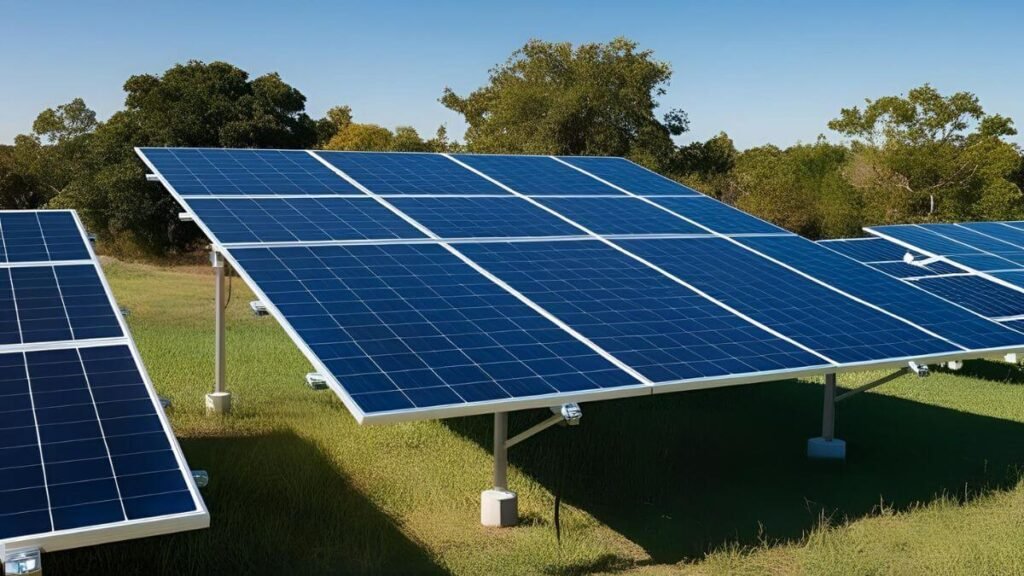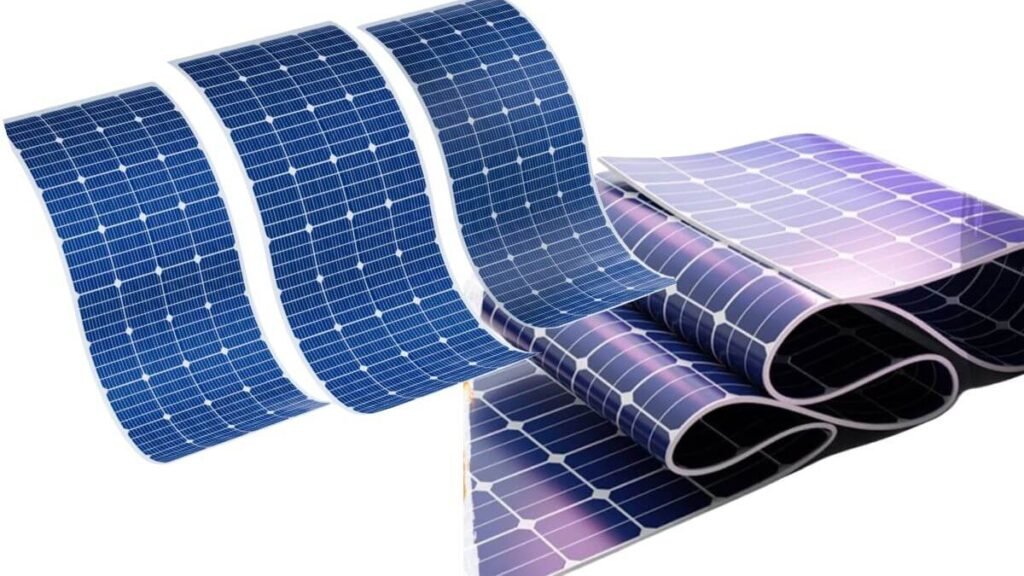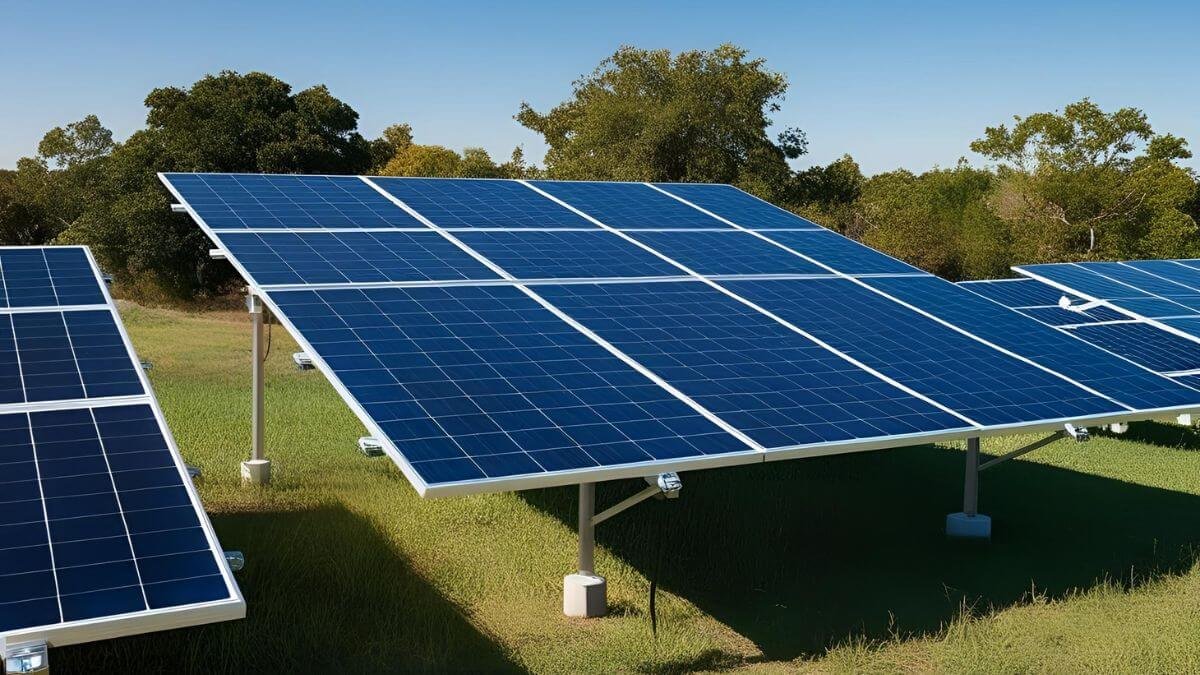Are you considering switching to solar energy but feeling overwhelmed by the variety of solar panels available? You’re not alone. With so many options on the market, choosing the right type of solar panel can feel like navigating a maze.
But don’t worry! This guide will help you with everything you need to know about the types of solar panels , their unique features, and which one might be the best fit for your needs.
Why Solar Panel Type Matters
Before diving into the specifics, it’s essential to understand why the type of solar panel matters. Not all solar panels are created equal; they differ in efficiency, cost, durability, and aesthetics. These factors can significantly impact how well your solar energy system performs and whether it aligns with your budget and energy goals.
Choosing the right solar panel ensures that you maximize energy production, minimize costs, and achieve long-term satisfaction with your investment. So, let’s know in detail the different types of solar panels and what makes them different.
Different Types of Solar Panels

There are three primary categories of solar panels: monocrystalline , polycrystalline , and thin-film . Each type has its own strengths and weaknesses, making them suitable for different applications and preferences. Let’s take a closer look at each.
1) Monocrystalline Solar Panels
Monocrystalline solar panels are often considered the gold standard in solar technology. They are made from a single crystal structure, which gives them a sleek black appearance and high efficiency.
Pros and Cons
- Pros:
- High Efficiency: Monocrystalline panels typically have efficiency rates of 20-25%, making them ideal for limited roof space.
- Long Lifespan: These panels often come with warranties of 25+ years and maintain performance over time.
- Aesthetics: Their uniform black color makes them visually appealing for modern homes.
- Cons:
- Higher Cost: Due to the advanced manufacturing process, monocrystalline panels are more expensive upfront.
- Waste Production: The manufacturing process produces more silicon waste compared to other types.

2) Polycrystalline Solar Panels
Polycrystalline solar panels are a popular choice for homeowners looking for affordability without sacrificing too much performance. Made from multiple silicon crystals melted together, these panels have a distinctive blue hue.
Pros and Cons
- Pros:
- Cost-Effective: Polycrystalline panels are cheaper to produce, making them more budget-friendly.
- Eco-Friendly Manufacturing: The process generates less waste compared to monocrystalline panels.
- Cons:
- Lower Efficiency: With efficiency rates ranging from 15-20%, they require more space to generate the same amount of energy.
- Less Aesthetic Appeal: The speckled blue appearance may not blend as seamlessly with modern architecture.

3) Thin-Film Solar Panels
Thin-film solar panels are a newer entrant in the solar market and stand out for their flexibility and lightweight design. These panels are made by depositing thin layers of photovoltaic material onto a substrate.
Pros and Cons
- Pros:
- Flexible Installation: Ideal for unconventional surfaces like curved roofs or vehicles.
- Low Weight: Perfect for structures that cannot support heavy panels.
- Aesthetic Versatility: Can be integrated into building materials like glass or metal.
- Cons:
- Lower Efficiency: Typically range from 10-13% efficiency, requiring more space.
- Shorter Lifespan: May degrade faster than crystalline panels, leading to shorter warranties.

Comparison Table: Monocrystalline vs Polycrystalline vs Thin-Film
| Feature | Monocrystalline | Polycrystalline | Thin-Film |
| Efficiency | 20-25% | 15-20% | 10-13% |
| Cost | High | Moderate | Low |
| Lifespan | 25+ years | 25+ years | 10-20 years |
| Appearance | Sleek black | Speckled blue | Flexible and versatile |
| Best For | Limited space, premium | Budget-conscious | Lightweight, flexible |
Which One Is Right for You?
Choosing the right solar panel depends on several factors, including your budget, available roof space, and aesthetic preferences. Here’s a quick guide:
- Go for Monocrystalline Panels if you prioritize efficiency, long-term performance, and sleek design.
- Choose Polycrystalline Panels if you’re looking for a balance between cost and performance.
- Opt for Thin-Film Panels if you need flexibility, lightweight installation, or integration into unique architectural designs.
Final Thoughts,
Understanding the differences between monocrystalline, polycrystalline, and thin-film solar panels ensures you invest in the right system for your home or business. Each type has its strengths, so weigh the pros and cons carefully.
Ready to go solar? Compare top-rated solar panels and find the best fit for your energy goals today!
📢 Have any questions? Drop a comment below, we’d love to help!


